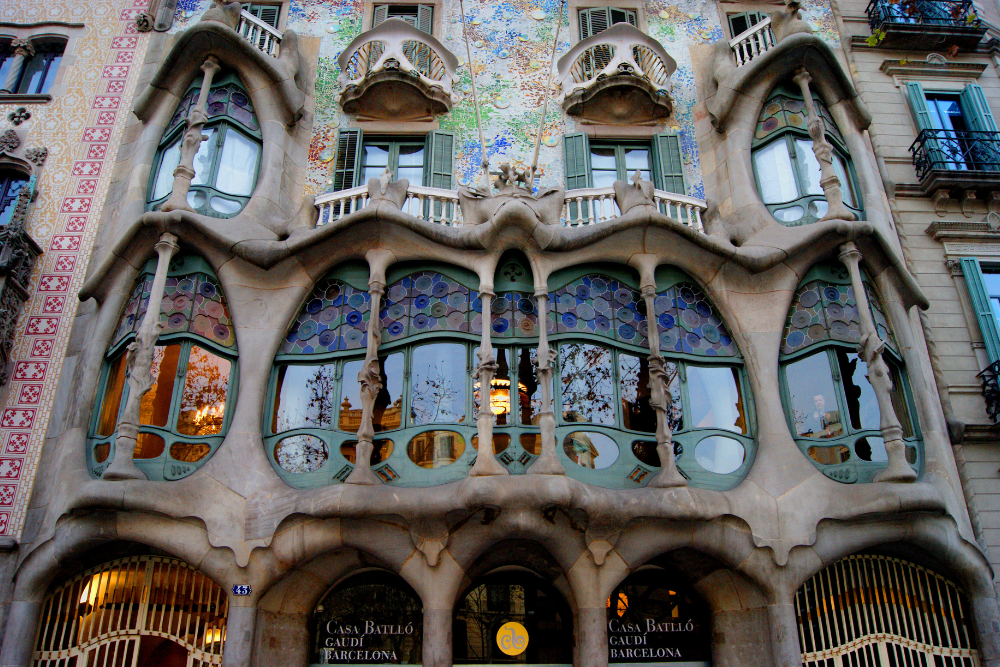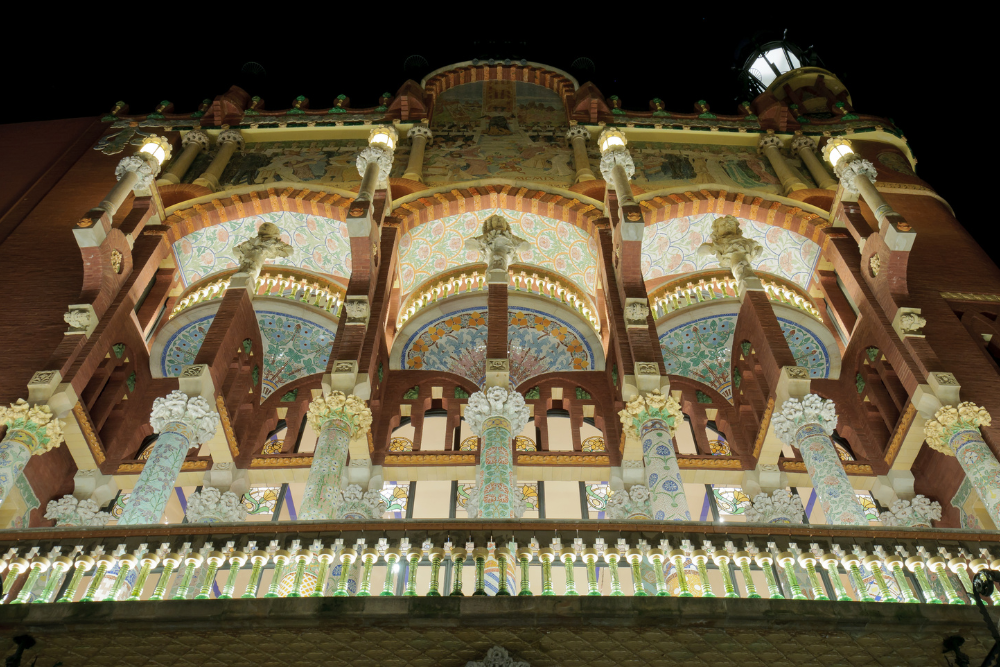Córdoba, located in the heart of Andalusia, is home to one of Spain’s most extraordinary architectural treasures: the Mezquita (Great Mosque). This stunning monument is a testament to the city’s rich and diverse history, having been a place of worship for both Muslims and Christians over the centuries. The Mezquita stands as a powerful symbol of cultural fusion, where Islamic, Christian, and Jewish influences intermingle in a unique and awe-inspiring way. For history buffs and architecture enthusiasts alike, visiting the Mezquita is a must-do experience that offers a glimpse into the layers of history that have shaped Córdoba.
1. The Early Beginnings: From Visigothic Church to Islamic Mosque

The history of the Mezquita dates back to the 6th century, when the site was originally occupied by a Christian church dedicated to Saint Vincent. This Visigothic church stood as a place of worship until the Muslim conquest of the Iberian Peninsula in the early 8th century.
In 784 AD, the Emir of Córdoba, Abd al-Rahman I, decided to expand and transform the existing church into a mosque. This marked the beginning of the Mezquita’s long and storied history. Over the following centuries, the mosque was expanded, enlarged, and renovated, creating the sprawling structure that we can admire today.
The transformation from a Christian church to an Islamic mosque represented the shift in Córdoba’s cultural and religious landscape following the Muslim conquest. Under Muslim rule, Córdoba became the capital of the Islamic Caliphate of Al-Andalus, and the city flourished as a center of learning, art, and culture. The construction of the Mezquita was a testament to this golden age, as it was intended to symbolize the grandeur and power of the Islamic empire.
2. Architectural Mastery: A Fusion of Islamic and Visigothic Styles

The Mezquita is renowned for its remarkable architecture, which blends Islamic and earlier Christian influences. The mosque’s most iconic feature is its forest of columns and arches, which create a sense of infinite space. These columns are made from a mix of materials, including marble, granite, and jasper, many of which were repurposed from Roman and Visigothic structures. The repetitive arches are a hallmark of Islamic architecture, creating a mesmerizing visual effect that draws visitors in.
The mosque’s prayer hall, with its 850 columns, is a stunning example of Islamic architectural ingenuity. The horseshoe-shaped arches, alternating in red and white, create a distinctive look that is both elegant and awe-inspiring. The use of double arches allows the ceiling to rise higher, creating a sense of grandeur and lightness in the vast interior. This architectural style is characteristic of the Umayyad period in Andalusia, and it reflects the artistic and technical achievements of the time.
3. The Heart of Córdoba: The Mihrab and the Abode of the Divine

At the center of the Mezquita is the mihrab, a niche in the wall that indicates the direction of Mecca, toward which Muslims pray. The mihrab is one of the most beautiful and significant features of the mosque, with its intricate mosaic tilework and decorative arabesques. The tiles are covered in geometric patterns and calligraphy, showcasing the mastery of Islamic artisanship.
The mihrab is surrounded by a maqsurah, a screened-off area reserved for the caliph or ruler during prayers. The area is adorned with stunning ornamentation, including a decorative ceiling with golden accents that reflect the opulence of the period. The mihrab and maqsurah together form the spiritual heart of the mosque, and their design reflects the importance of the divine presence in Islamic worship.
The Mezquita’s interior also houses several other notable features, such as the sahn (courtyard), which is a traditional component of Islamic mosques. The courtyard is surrounded by a colonnade and features a beautiful fountain at its center. This area served as a place for prayer and reflection, and it allowed worshippers to perform their ablutions before entering the mosque.
4. Conversion to a Cathedral: The Christian Era

In 1236, after the Christian Reconquista of Córdoba, the mosque was converted into a Catholic cathedral. King Ferdinand III of Castile ordered the transformation of the Mezquita into a cathedral, marking a pivotal shift in the building’s history. Rather than dismantling the mosque, the Christian monarchs decided to adapt the structure for Christian worship, maintaining much of its original Islamic architecture while introducing Christian elements.
One of the most striking features of this conversion is the cathedral nave, a vast central space that was added in the 16th century. The nave, with its high vaulted ceilings and baroque altarpiece, contrasts dramatically with the earlier Islamic design. The addition of chapels, altars, and religious iconography reflects the Christianization of the site, but these changes were done in a way that preserved the integrity of the mosque’s original architecture.
5. Symbol of Tolerance and Cultural Fusion

The Mezquita is not only an architectural marvel but also a symbol of Córdoba’s rich history of religious tolerance and cultural exchange. During the Islamic period, Córdoba was one of the most cosmopolitan cities in the world, where Jews, Muslims, and Christians lived side by side and contributed to the city’s intellectual and artistic achievements. The Mezquita, as a place of worship for all these communities, was a powerful symbol of the city’s multicultural identity.
Despite the subsequent Christianization of the building, the Mezquita remains a testament to the city’s history as a center of intellectual and cultural exchange. It continues to be a place of worship for Christians and a UNESCO World Heritage site, attracting millions of visitors each year who come to admire its unique architectural beauty and to learn about the city’s rich cultural past.
Conclusion
The Mezquita of Córdoba is a masterpiece of architectural and cultural fusion, representing the rich and complex history of the city. From its origins as a Visigothic church to its transformation into a magnificent mosque and later a Christian cathedral, the Mezquita embodies the layers of history that have shaped Córdoba. With its unique combination of Islamic, Christian, and Jewish influences, the Mezquita is a symbol of the city’s diverse cultural heritage and its role as a crossroads of civilizations. Today, it stands as one of Spain’s most iconic landmarks, a testament to the beauty and significance of cultural exchange and religious tolerance.












